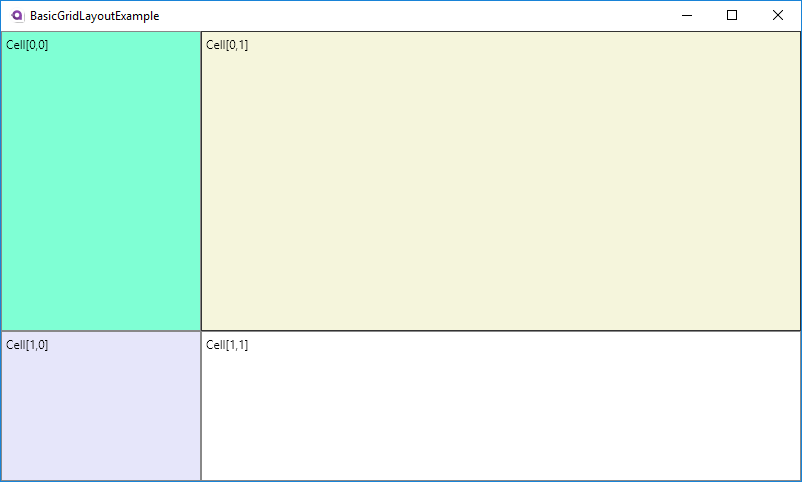

Otherwise, it will show the default associated app’s preview. Show icon preview – this will show the preview of the file in the icon when enabled.Show item info – enabling this check box will show additional details like number of items in the folder or dimension of image files.Label position – change the icon’s label position to bottom or left.Text size – increase the font size of the default size is not clearly visible for you.Make sure to use the smaller grid spacing, otherwise rows of icons will be overlapping on other when you are not using stack option. This will change the number of icons aligned per row and column. Grid spacing – drag the slider to increase or decrease the icon’s grid spacing.The icon’s size will be changed as you drag the slider so that you can lively view the changes. Icon size – drag the slider to increase or decrease the icon size on your desktop.For more information, see How to: Hide or Show the Grid. Note When you customize forms with form regions, the grid is not displayed by default. In the Forms Designer, on the Developer tab, in the Arrange group, click Align, and then click Set Grid Size. The default settings is to sort the icons based on the “Date Added”. When you design a form, use the grid to align controls easily and precisely. Sort by – you can click this dropdown and change the sorting order of icons on desktop.“Kind” is the default option which means files of same kind will be grouped together. Stack by – when you select “Use Stack” from the right click context menu, it will group icons based on the option you set here.You must use padding or borders (from the first part of the course).You can customize the following to make the desktop icons appears as per your convenience: You must have a heading for the month that is not part of the grid. This element will have a custom measurement using CSS Grid. You must have one of the dates bigger than the others (a holiday, for example). You must have all date elements within a grid using CSS Grid. Sample Grid CalendarĬhoose any month you like, as well as the background color, font, and font color. A calendar is a classic way to arrange content using rows and columns. Test out the new concepts you've learned in this part by creating a calendar with CSS Grid.

It's empowering to be able to create a responsive layout without needing media queries!Įxercise Challenge : create your own layout with CSS Grid The same combination of auto-fit and minmax can be used for rows. This avoids the squished columns you saw at the beginning of the chapter! However, the columns will never be less than 100px. When downsizing the window, columns get removed one by one as content gets pushed down onto rows instead. As you keep resizing the window, the columns keep growing until the very moment when there'd potentially be space for another 100px column. Overall, you'll notice that the grid will readjust itself to add another 100px column when there's enough available space for it.
CHANGE DESKTOP WINDOWS GRID SIZE CODE
The result of this code is much more apparent when you visualize the code in the browser and resize the window. Each column should be a minimum of 100px wide and a maximum of 1fr wide." grid-template-columns: repeat(auto-fit, minmax(100px, 1fr)) "Repeat as many columns that will fit on a screen. The two of them are often combined together, so we'll explore them in tandem. We'll learn two new keywords in this chapter: However, CSS Grid offers flexible solutions for different screen sizes that don't involve media queries at all! With media queries, you can control how content is displayed on different screen sizes. Change Icon Spacing in Registry Editor After opening Window Metrics double click on Icon Spacing Modify the Value data of horizontal spacing from -1125 to any value between -480 to -2730. That way, the columns aren't nearly as smushed together just for the sake of getting 6 in a row! You may be thinking back to the first part of this course, when we learned about media queries. Go to the path HKEYCURRENTUSER > Control Panel > Desktop > WindowMetrics. What's far more likely is that you'll want a result like this on a mobile screen: Ideal result on mobile (enough breathing room for each column) container Result on a desktop screen (wider) Result on a mobile screen (more squished together) For example, defining the following code means there will ALWAYS be 6 columns of content, regardless of a device's screen size. Up until now, we've talked about rigid grid definitions.


 0 kommentar(er)
0 kommentar(er)
